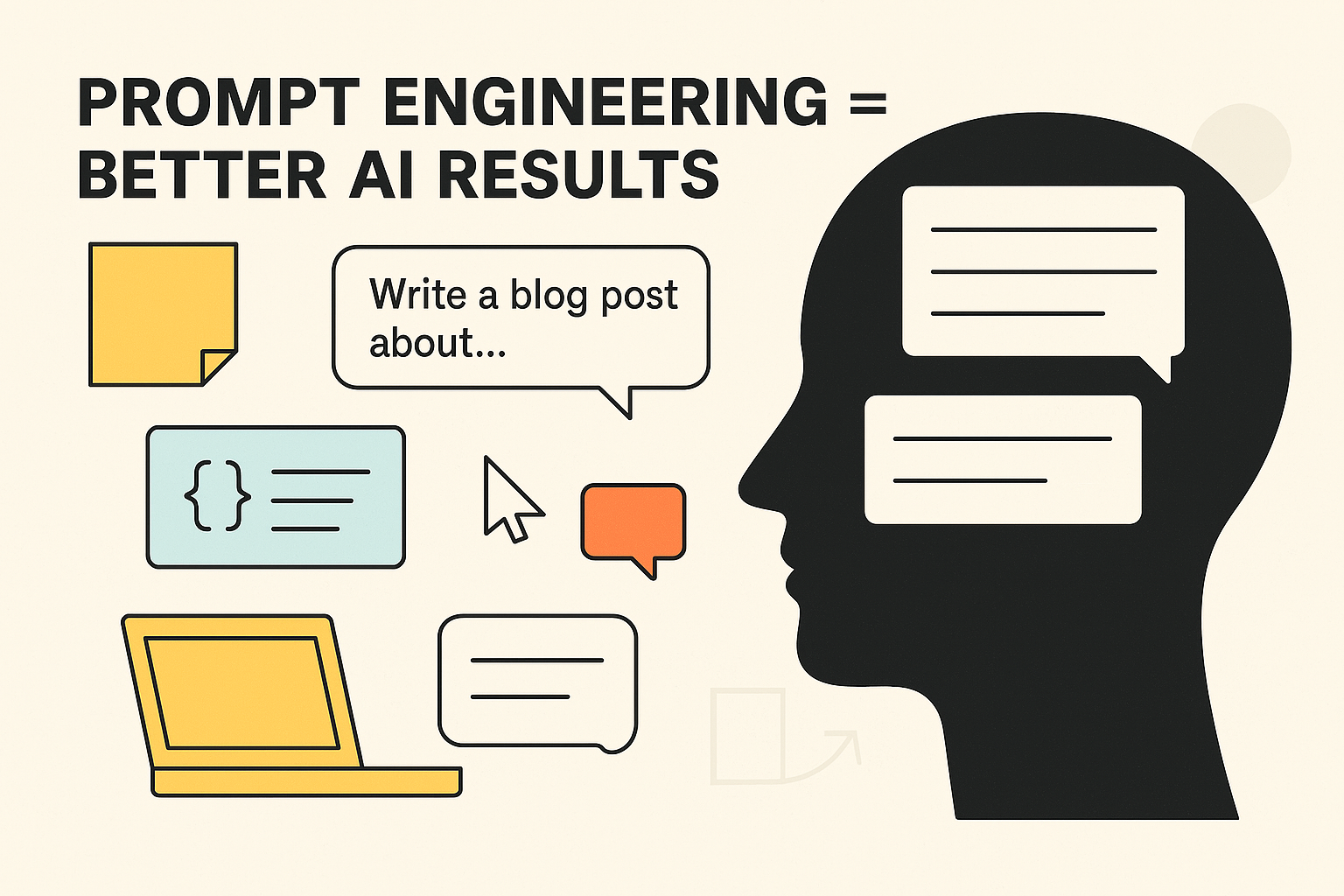2025 feels like that side quest you didn’t plan for, but honestly, it’s the most interesting detour. Investors are still betting big—$5.7 billion in January alone—but the ethics, legal guardrails, and sustainability playbooks? They’re still in draft form. For small and midsize businesses, this “gap year” isn’t a cue to hit the brakes; it’s your runway to experiment, learn, and build a rock-solid AI foundation.
Ethical and Sustainability Challenges
Generative AI is everywhere, from ad copy to code snippets, but it comes stacked with hidden landmines:
-
Deepfake Danger & Trust Erosion Off-the-shelf tools can spin up knockoff videos or audio that look—and sound—convincingly real. Without transparent labeling or watermarks, you risk eroding customer trust faster than you can say “fact check.”
-
Bias & Harmful Outputs AI learns what you feed it. Skewed, unrepresentative data means skewed results (and sometimes outright offensive ones). Regular fairness audits and diverse datasets aren’t optional—they’re your ethical seatbelt.
-
IP & Ownership Quagmire Who owns that AI-generated blog, image, or code snippet? You? The tool provider? The toaster that hit “generate”? Laws like the EU AI Act are playing catch-up, so get legal eyes on your content policy ASAP.
-
Energy Appetite & Carbon Footprint AI workloads could gulp 2% of global electricity this year. If your data center runs on fossil fuels, you’re basically printing carbon dioxide. Renewable power and efficiency hacks are non-negotiable.
-
Cooling & Water Use Those dense GPU racks need ice-cold water baths. If you’re hitting local water limits or environmental regs, you’ll need to rethink your cooling strategy—and fast.
Bridging the Gaps: Your SMB Playbook
Ready to pilot AI without blowing up your budget—or the planet? Here’s your four-step cheat sheet:
1. Governance First
- Draft a one-page AI policy covering usage guidelines, labeling rules, and data-handling protocols.
- Schedule quarterly bias and ethics audits using tools like Fairlearn or IBM’s AI Fairness 360.
- Establish an approval workflow: route generated content through legal (IP checks), marketing (tone), and IT (security).
2. Greenify Your AI
- Cloud vs. On-Prem: Audit your PUE (Power Usage Effectiveness) and explore renewable energy contracts if you’re on-prem. For cloud, pick providers with carbon-free computing options.
- Workload Scheduling: Use schedulers like MIT’s “Clover” to run non-urgent training during low-carbon grid hours.
- Edge & On-Device Models: Leverage lightweight models on phones or edge devices for simple tasks—fewer server trips, fewer emissions.
3. Pilot with Purpose
- Narrow Use Cases: Automate one process (e.g., email triage). Measure saved hours, error rates, and customer happiness before scaling.
- ROI Tracking: Tie everything to bottom-line metrics—ticket deflection, revenue lift, or cost savings.
- FinOps Practices: Tag cloud resources by project, set budgets with alerts, and review your monthly AI tab with finance.
4. People Power
- Host AI-literacy lunch-and-learns to demystify terms like fine-tuning and prompt chaining.
- Pair domain experts with data geeks to ensure real needs translate into smart prompts or training specs.
- Offer reskilling paths—if AI takes on some tasks, train your team for higher-value roles.
Wrapping Up & Next Steps
Think of 2025 as your AI sandbox—an invitation to play, learn, and level up. Focus on governance, sustainability, targeted pilots, and people-first strategies, and you’ll emerge from this gap year as a leader rather than a laggard.
Your 30-Day Action Plan:
- Publish a draft AI policy in your company wiki.
- Identify your first pilot project and define success metrics.
- Audit current AI spend and schedule a FinOps review.
- Kick off an AI-ethics or bias audit.
Need a Copilot? At Spectrum IT Consulting, we help SMBs navigate generative AI’s complexities—no fluff, just pragmatic guidance. From governance frameworks to sustainable pilot roadmaps, we’ve got your back. Reach out today and let’s turn this gap year into your biggest competitive edge.




